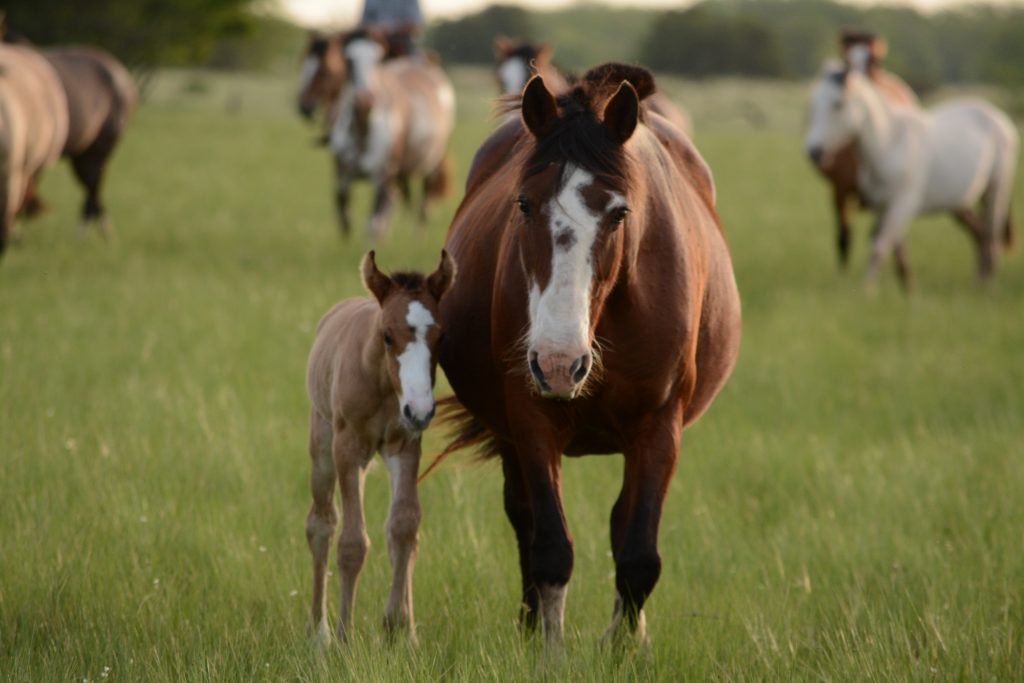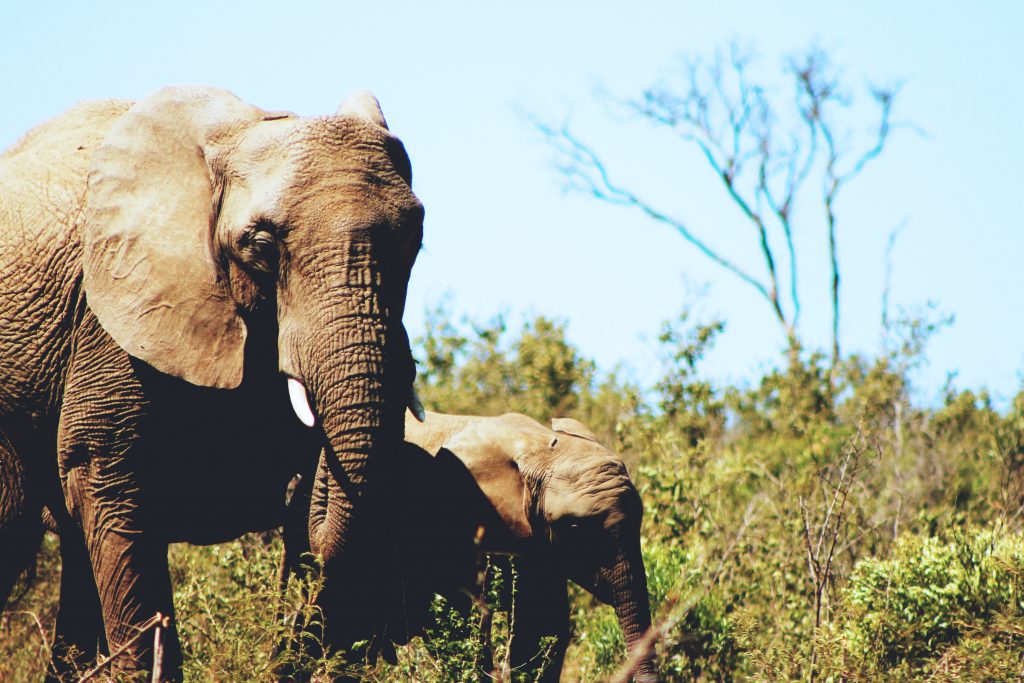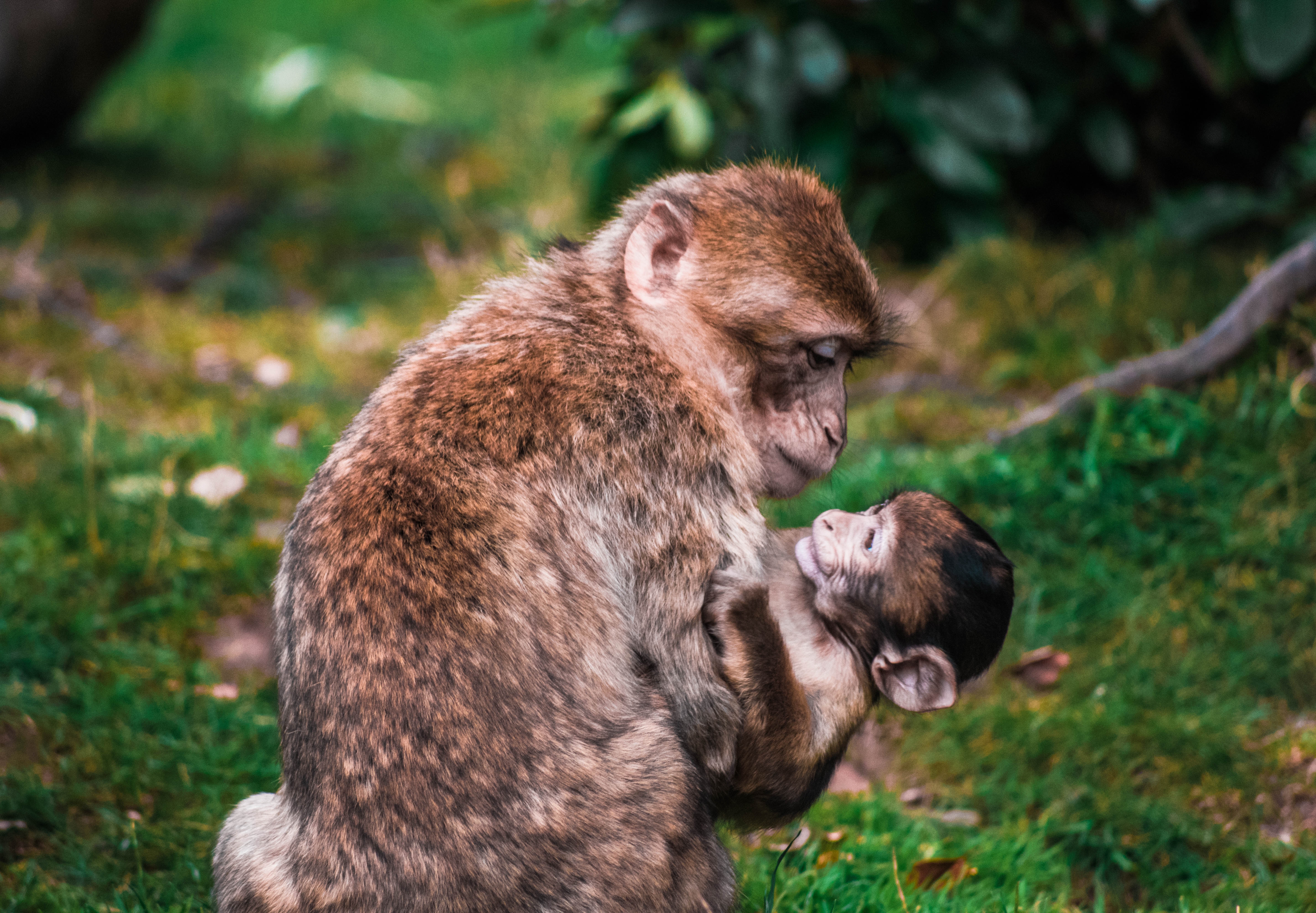Anyone who has a four-legged family member will tell you: pets feel emotions. They are aware of their surroundings.
They understand what’s being said to them (and, sometimes, make a conscious decision not to listen!).
And it’s not just the animals we consider pets. While there’s always been debate over whether animals can think and feel, science says they can.
Here’s why:
Animals are conscious beings
Proving consciousness is difficult in a science lab, but that doesn’t mean that animals are not conscious. Carl Safina, the author of “Beyond Words: How animals think and feel” told National Geographic that, if you’re having a real experience – you’re conscious.
And animals respond to the world all the time – by playing, showing fear when there’s danger, and relaxing when things are good. They’re conscious beings – and not recognizing that is simply illogical.
They feel empathy

Yes, animals are also very much able to put themselves in someone else’s shoes. Here are some examples:
Chimpanzees
After a fight between two chimpanzees, third-party chimpanzees will try to console the victim by grooming and hugging them.
Chickens
A chicken will show signs of distress (such as increased heart rate and alertness) when thinking that her chicks are in danger.
Dogs
When confronted with a human showing strong emotions, dogs produce a similar emotional response.
If that isn’t empathy, we don’t know what is.
They are compassionate

If there’s one thing we could learn from animals, it’s compassion.
Humpback whales
Humpback whales, for example, often protect other marine animals from killer whales. People on whale watch boats often see them rushing into battle with killer whales and altruistically saving the animal at risk.
Elephants
Elephants are also very compassionate. Whether it’s trying to help a baby rhino stuck in the mud, or showing respect to a mother within a herd who had just lost her calf, their compassion has been observed by researchers time and time again.
Heartbreakingly, animals like humpbacks whales and elephants are in great danger.
Poachers are constantly putting elephants’ lives at risk in Asia and Africa, while humpback whales (and many other sea mammals) are being killed by the U.S. Navy in underwater live bomb tests.
Animals need our help more than ever – and we hope that learning about their thoughts and emotions will encourage more people to take stand up for animal rights.
Want to help animals in need? Check out these posts:
- The biggest challenges cats face and how to help now
- Here’s why you should boycott Groundhog Day
- 3 simple things you can do to save koalas
- The best animal charities to support right now
- Palm oil is destroying the planet – what you need to know to help
- Wanna help dogs in need? 4 ways you can make a difference
- 3 ways you can help save lions from extinction
- 3 ways you can help save bees
- How to make the world a better place for elephants









